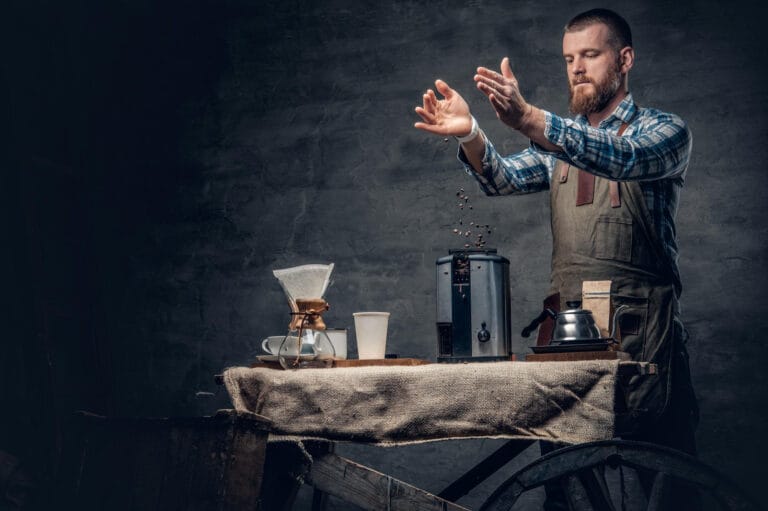Have you noticed that small café near your home makes coffee that tastes extra special? Or wondered why baristas spend up to 5 minutes preparing just one cup? These are clear signs of the 3rd wave coffee movement. This movement has changed how we view, enjoy, and judge coffee quality.
3rd wave coffee isn’t just a morning pick-me-up. It takes coffee to a new level as a craft beverage, a cultural experience, and an exciting journey. Today, we’ll explore everything about this coffee trend, from where it began to how to best enjoy it.
History of Coffee Waves: Three Waves of Coffee
First Wave Coffee: The Mass Production Era
The first coffee wave began in the 1800s when coffee became a common product. This was the time of instant coffee and canned coffee – when quantity was more important than quality. People drank coffee mainly for the caffeine boost, not for its taste.
The most important development during the first wave was instant coffee. This made it easy for consumers to prepare coffee without waiting for brewing time. However, companies often sacrificed good flavor to make coffee more convenient.
Second Wave Coffee: The Enhanced Experience Era
In the 1970s-1980s, the second wave emerged with brands like Peet’s Coffee and later Starbucks. Second wave coffee marked a shift from mass-market coffee to a more handcrafted experience.
During this time, consumers learned about coffee beans from different regions. Espresso and drinks like lattes and cappuccinos became popular. However, coffee still tended to be dark and bitter, often mixed with milk, sugar, or flavoring.
Third Wave/3rd Wave Coffee: The Quality Revolution
Timothy Castle first mentioned the term “third wave coffee” in 1999. The concept became popular in the early 2000s. This movement treats coffee as a culinary art, similar to fine wine or craft beer.
3rd wave coffee focuses on every detail. Third wave coffee focuses on everything: where farmers grow the beans, how workers harvest them, and how baristas process, roast, grind, and brew them. Each cup of coffee tells a story about its origin, the farmers who grew it, and the land that produced it.
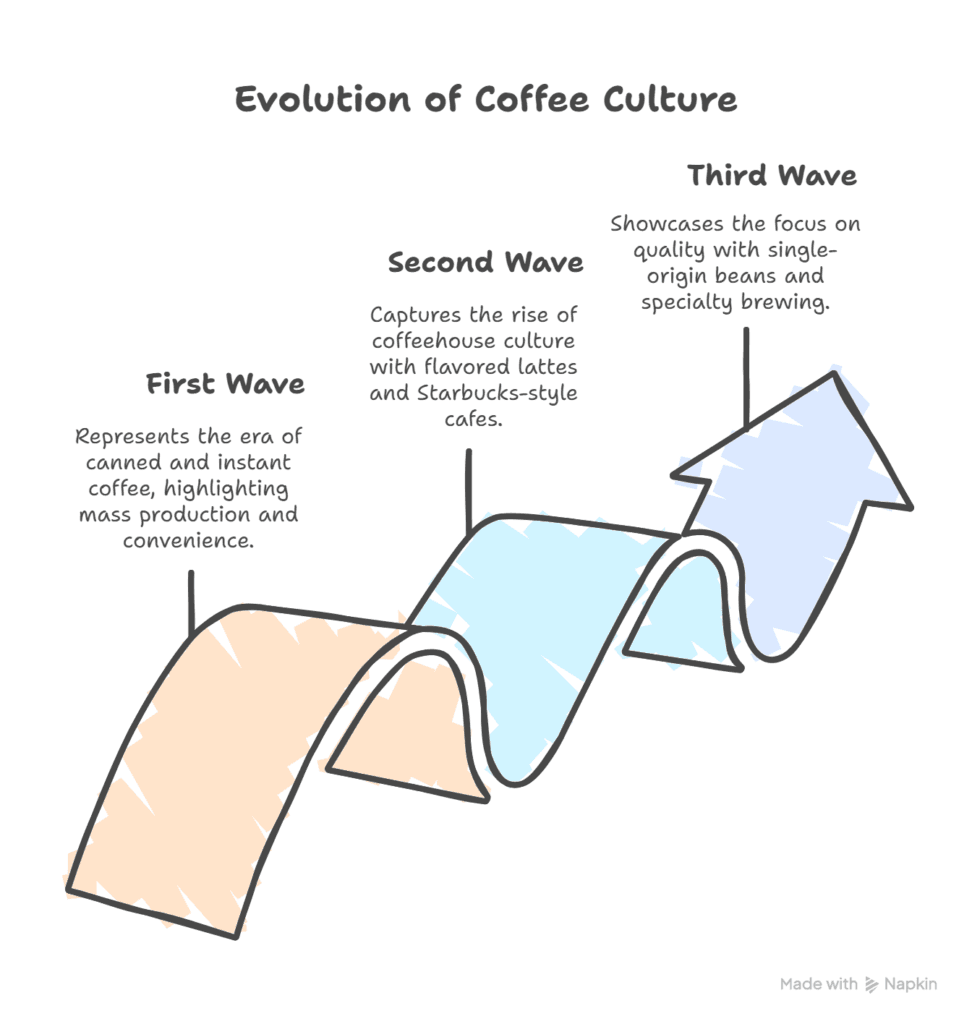
Characteristics of 3rd Wave Coffee
Quality and Clear Origin
Unlike commercial coffee sold in bulk, third wave coffee focuses on single origin beans. These come from one region, one farm, or even a specific batch. This helps coffee drinkers taste the unique flavors from each region.
Third wave coffee roasters often build direct relationships with farmers. This creates transparency in the supply chain and ensures farmers receive fair prices.
Professional Roasting Process
Third wave roasters typically use lighter roasting methods to preserve the beans’ natural flavors. Roasters create specific profiles for each type of bean. This highlights their unique characteristics rather than making them all taste the same.
Small batch roasting is another feature of 3rd wave coffee. This helps control quality better and ensures freshness.
Diverse Brewing Methods
Pour over, Aeropress, siphon, and cold brew are popular manual brewing methods in third wave coffee shops. Each method brings out different coffee flavors.
3rd wave baristas do more than just make coffee. They share stories and knowledge, helping customers fully appreciate the flavors in their cup.
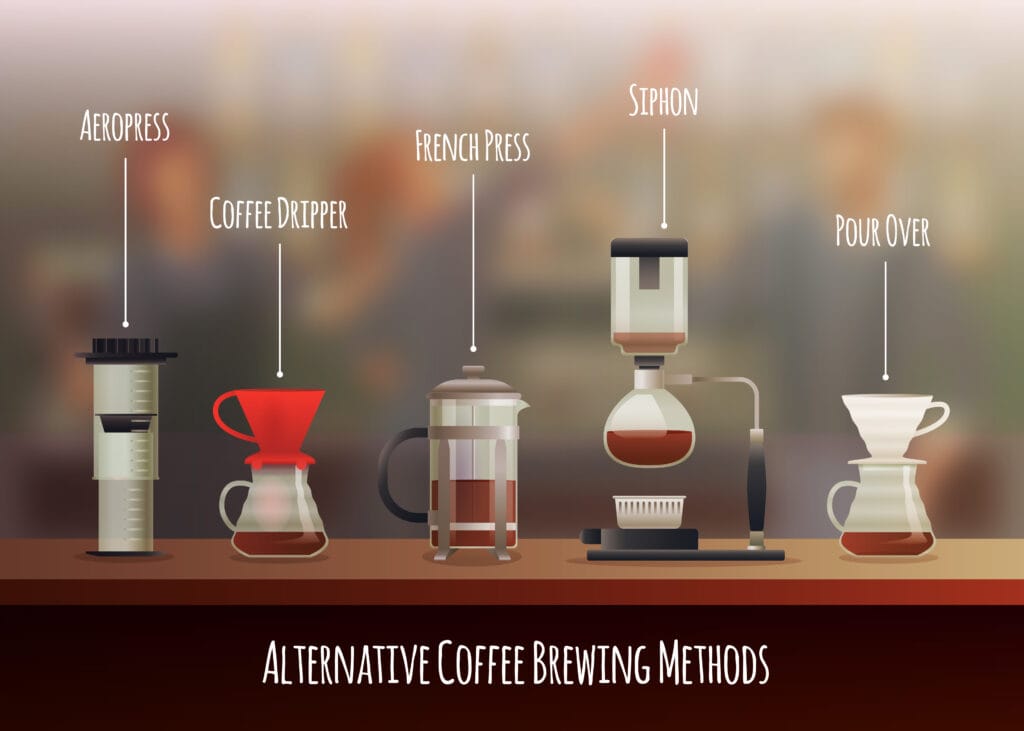
Culture and Community
Third wave coffee is about more than just the drink. Third wave cafés become cultural spaces where people attend workshops, coffee tastings, and knowledge-sharing events.
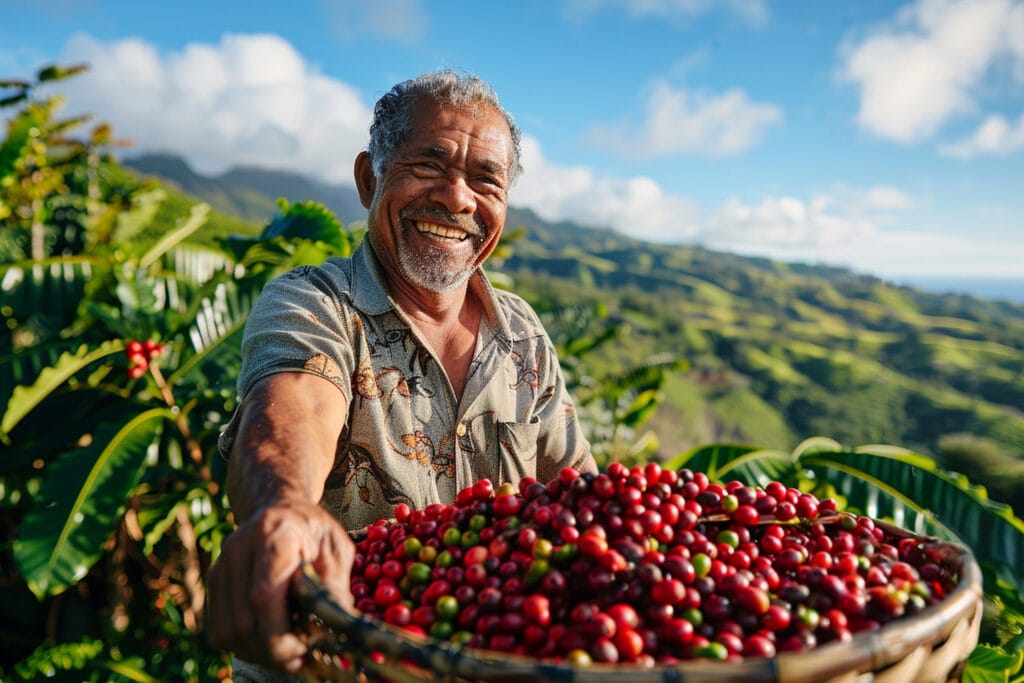
Comparing the Best Third Wave Coffee Shops
When choosing a third wave coffee shop, consider these factors:
- Coffee quality: Do they provide information about where their beans come from and how they’re processed?
- Brewing methods: Do they use diverse, professional brewing techniques?
- Barista knowledge: Can the staff explain and share information about the coffee?
- Space and experience: Does the café create a friendly, comfortable atmosphere?
You’ll find popular third wave coffee shops worldwide. In the US, look for Blue Bottle Coffee and Stumptown Coffee Roasters. Europe offers The Barn and Coffee Collective. In Asia, try % Arabica and The Coffee Academics.
Looking for good coffee shops in your area? True third wave shops put quality and your experience first, not how many drinks they can sell.
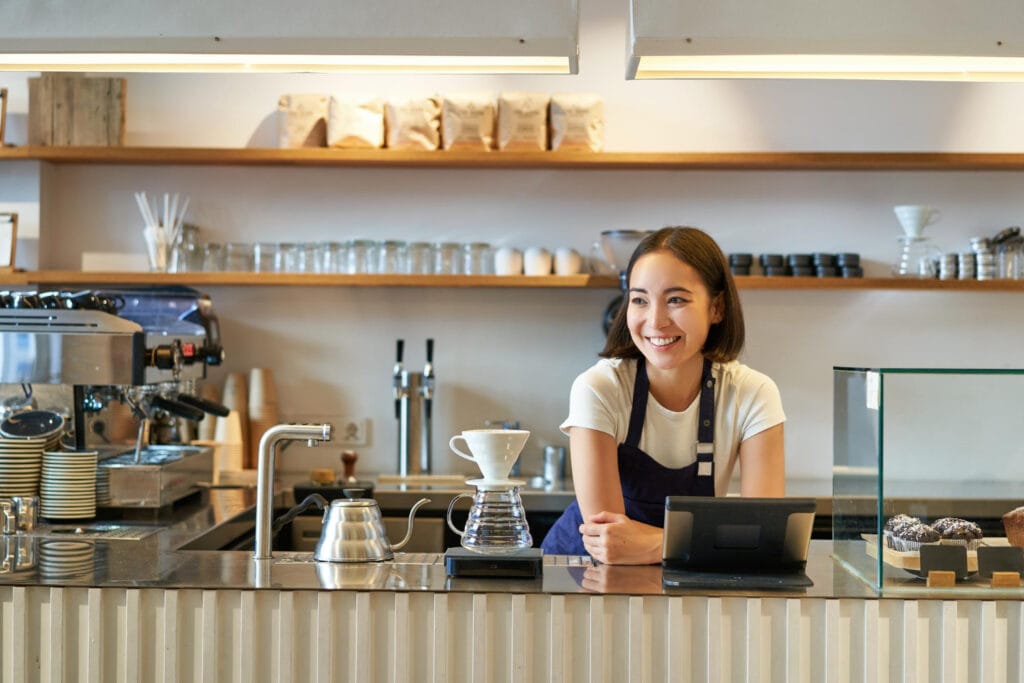
How to Enjoy Third Wave Coffee
Understanding Coffee Flavors
Like wine, coffee has many flavor layers. When enjoying third wave coffee, pay attention to:
- Aroma: Fruit, flowers, chocolate, nuts
- Acidity: Bright like apple or lemon, or subtle like red grapes
- Sweetness: Honey, brown sugar, caramel
- Body: Light like tea or rich like milk
- Aftertaste: How long the flavor stays and what sensations remain
Home Brewing Methods
To enjoy 3rd wave coffee at home, you need:
- High-quality, freshly roasted coffee beans
- A good grinder
- Brewing equipment (pour over, French press, Aeropress)
- A digital scale and kettle with a narrow spout
The best coffee-to-water ratio is usually 1:15 to 1:17. Water temperature should be around 90-96°C depending on the bean type.
The Future of the 3rd Coffee Movement
Many industry experts are discussing the possibility of Fourth Wave Coffee. This would apply science and technology more extensively to coffee.
The fourth wave might explore deeper scientific aspects of coffee. This includes detailed knowledge about soil, plant varieties, advanced processing methods, and data-driven brewing techniques.
Earth-friendly practices or environmental care and social responsibility will become increasingly important as climate change threatens traditional coffee-growing regions.
Conclusion
3rd wave coffee isn’t just a passing trend. It’s a movement that has completely changed how we view coffee. From a mass-market beverage, coffee has become an artisan drink with countless complex flavors to explore.
New to coffee? Or been enjoying it for years? Either way, the third wave movement helps you discover coffee’s deeper qualities. It opens up new ways to enjoy the world’s favorite drink.
Visit a third wave coffee shop in your area, chat with the barista, and discover a whole new coffee world!
Are you interested in trying third wave coffee but don’t know where to start? Learn more about quality coffee shops in your area to begin your exciting journey into this fascinating coffee world.

